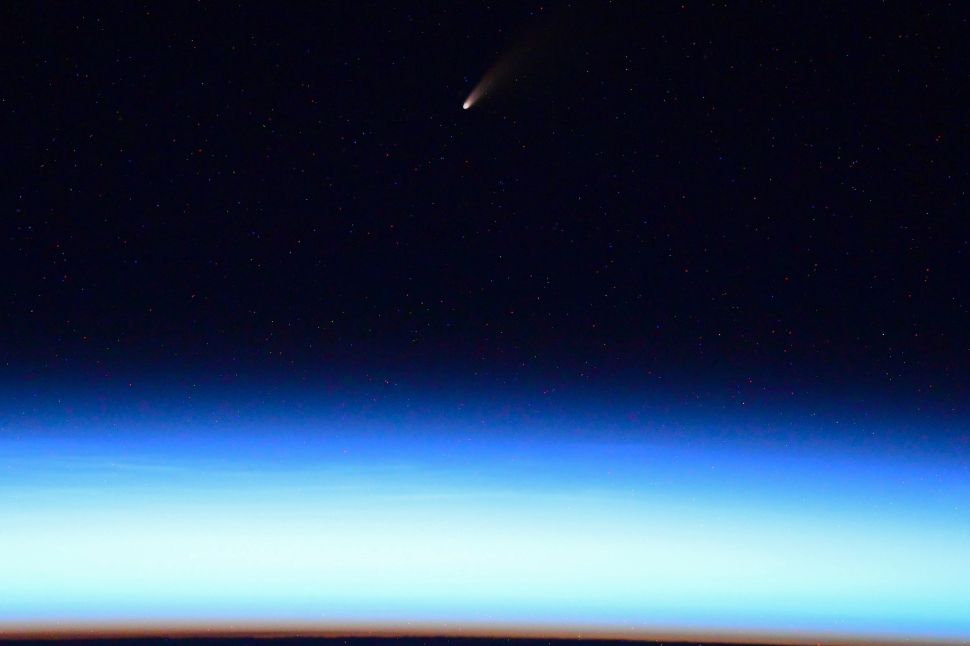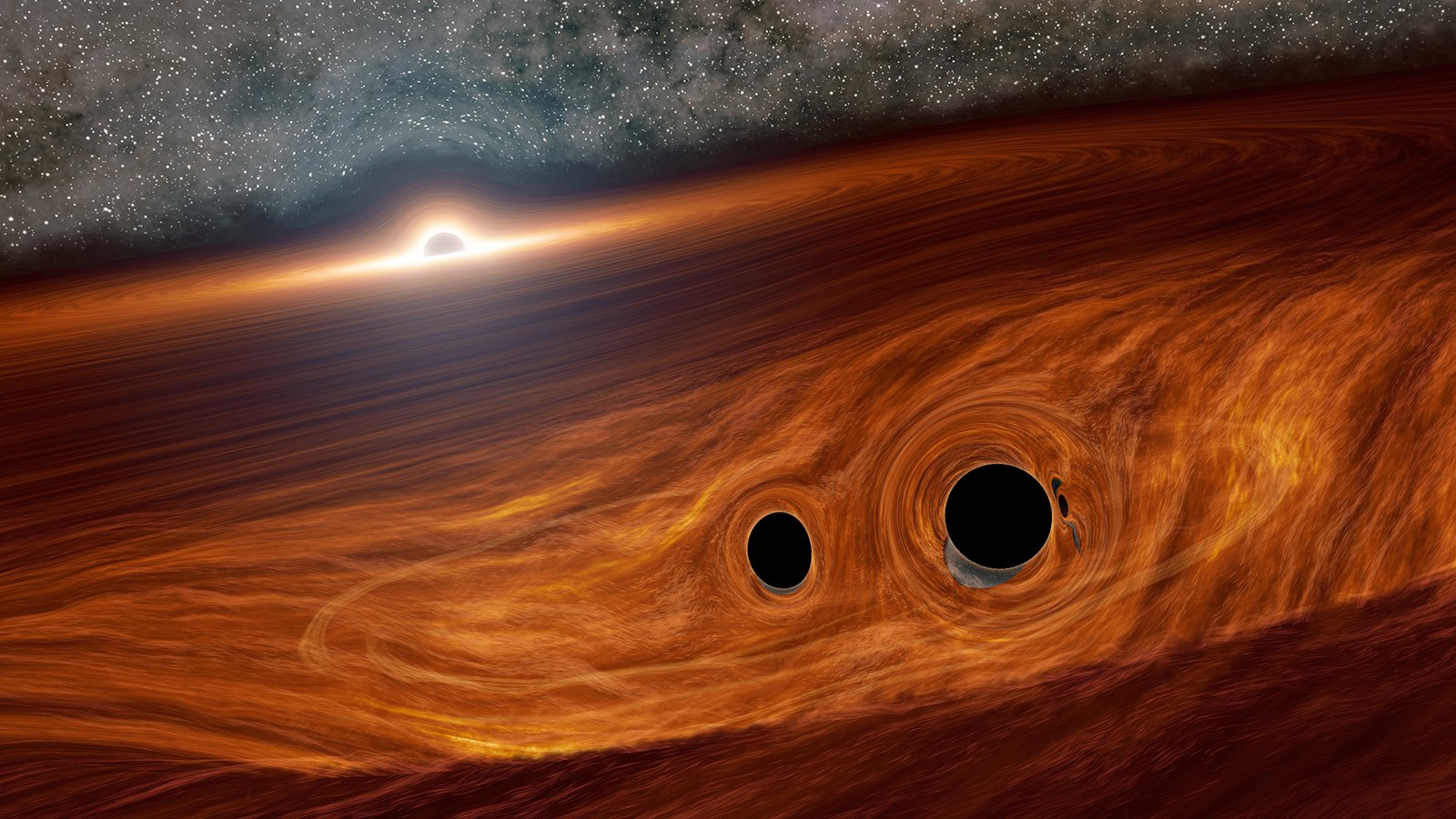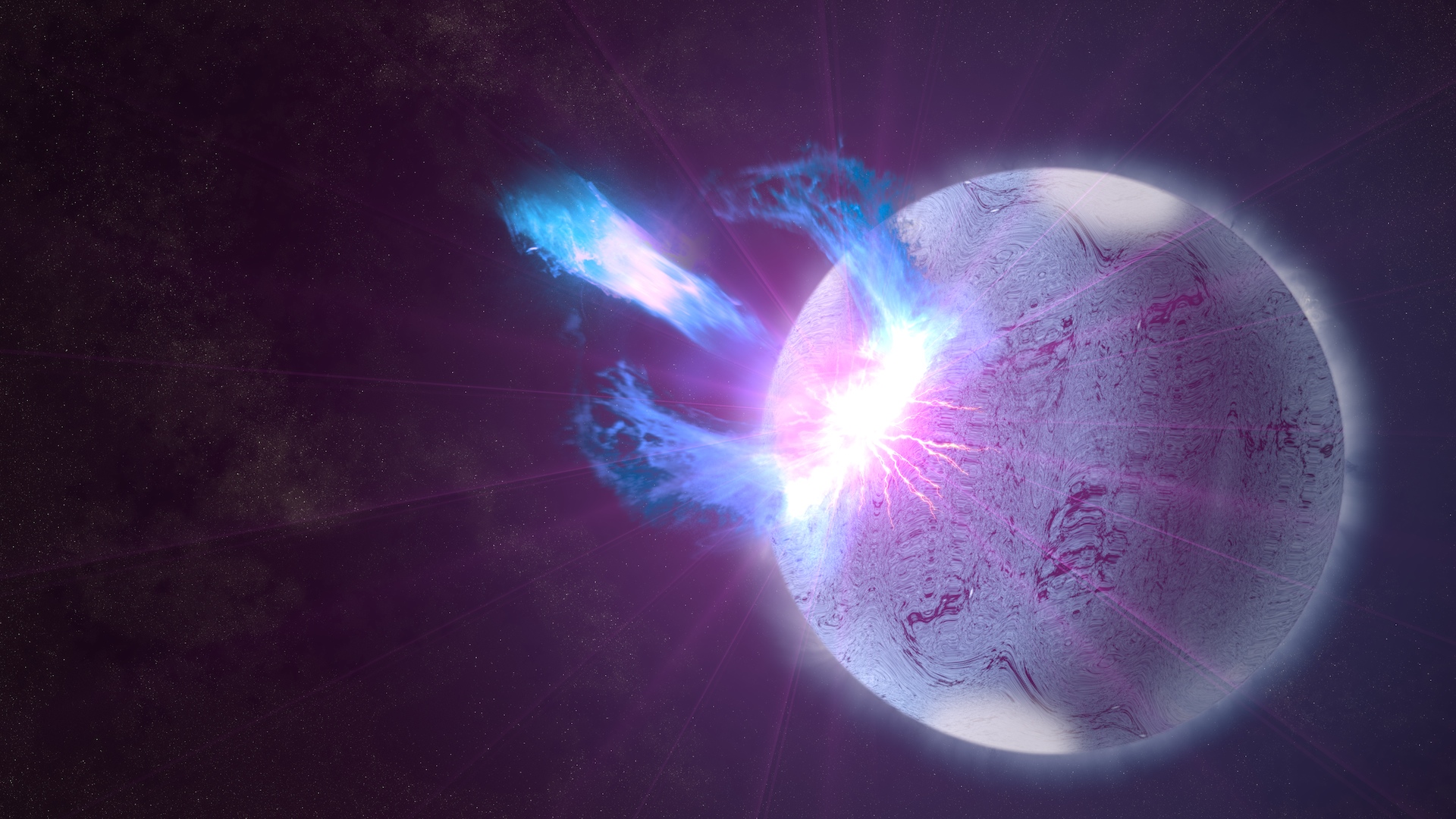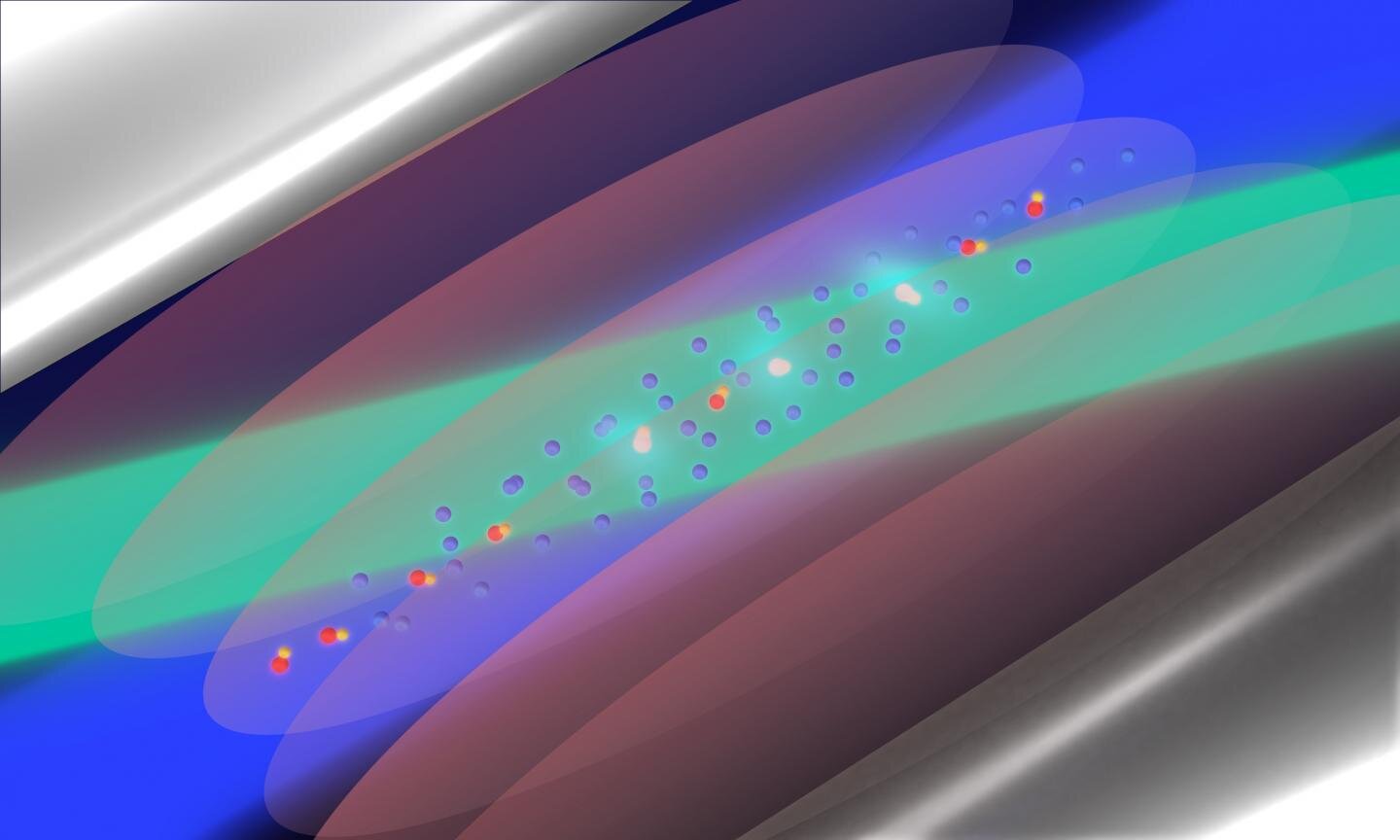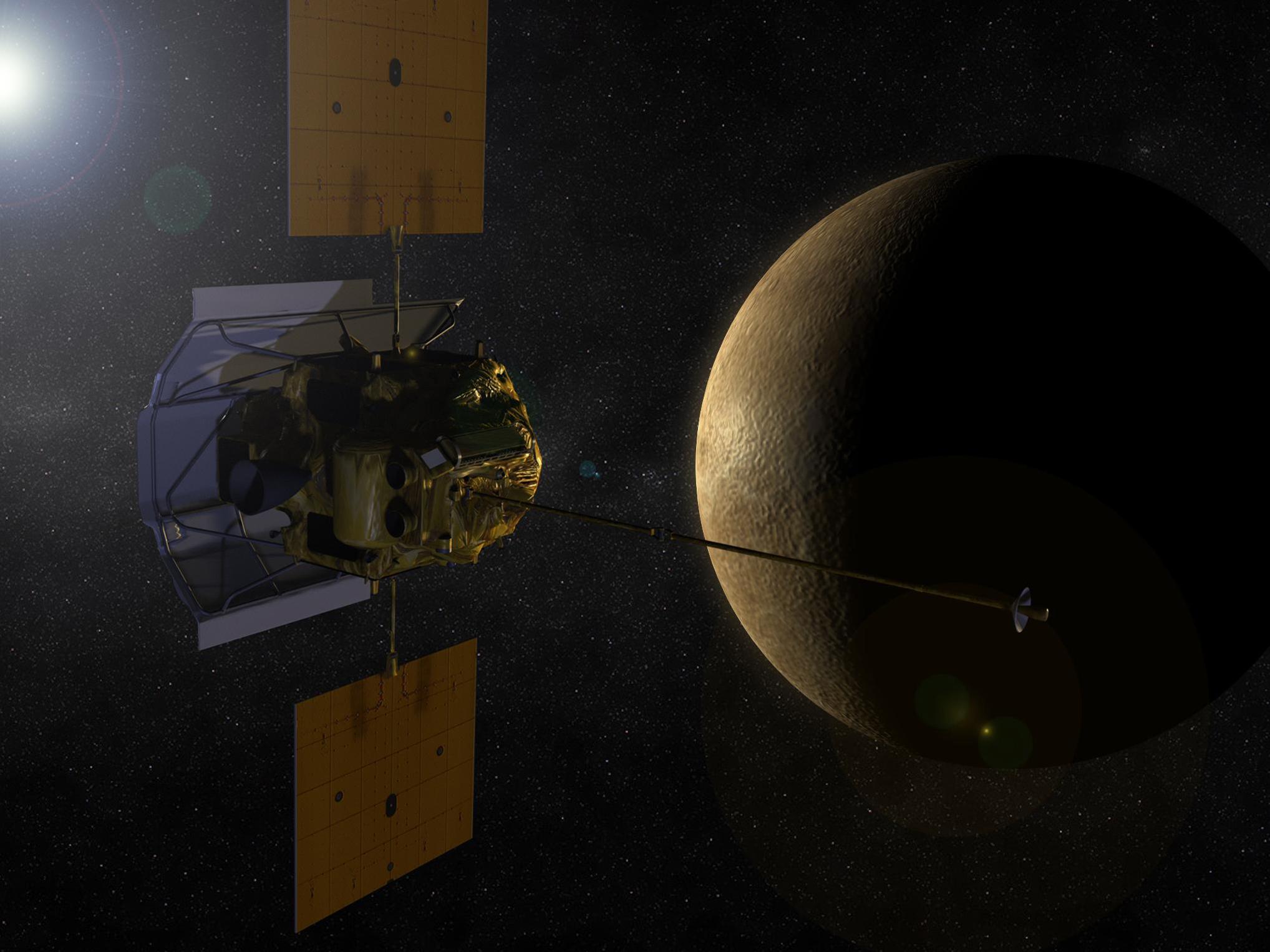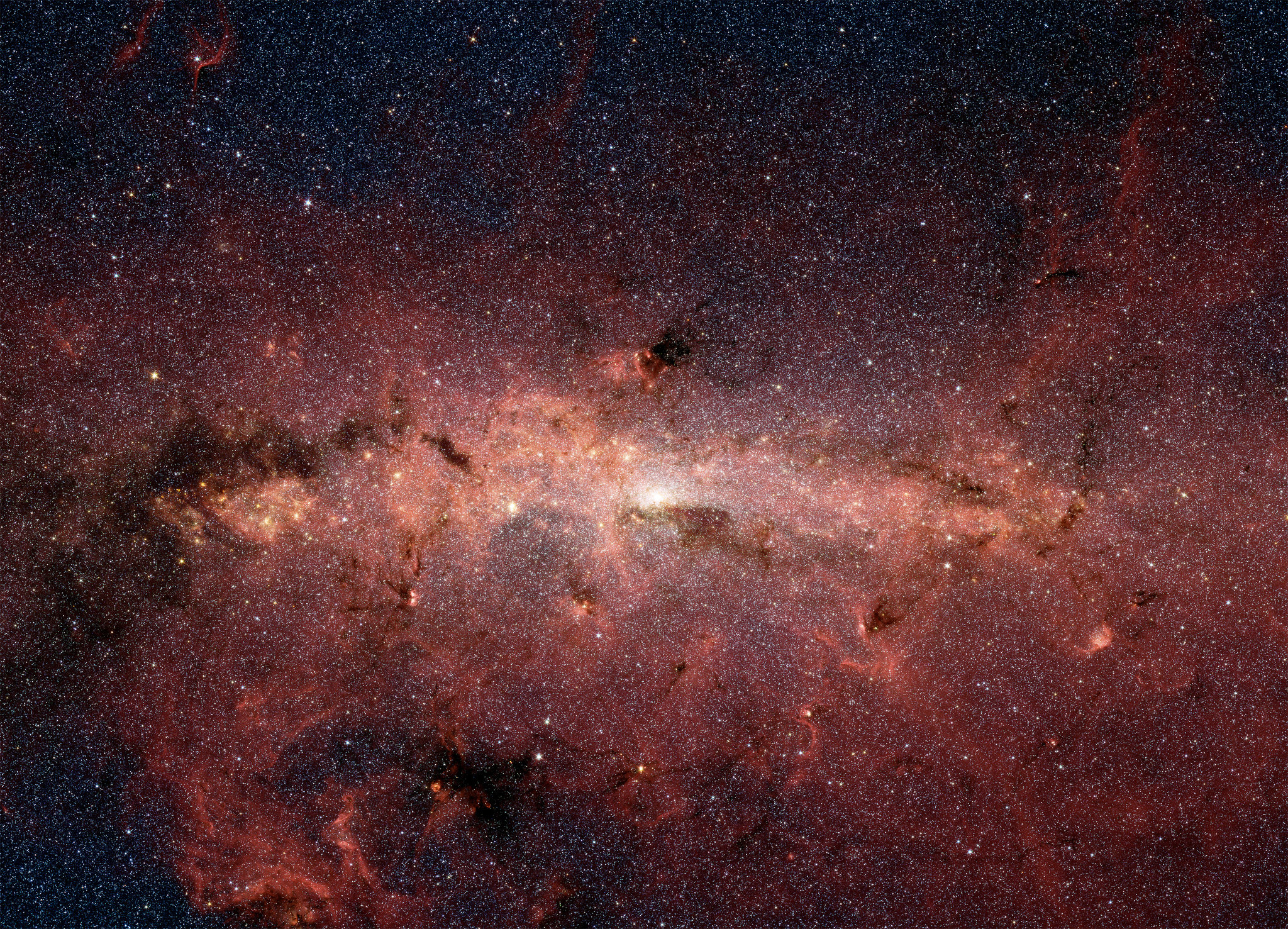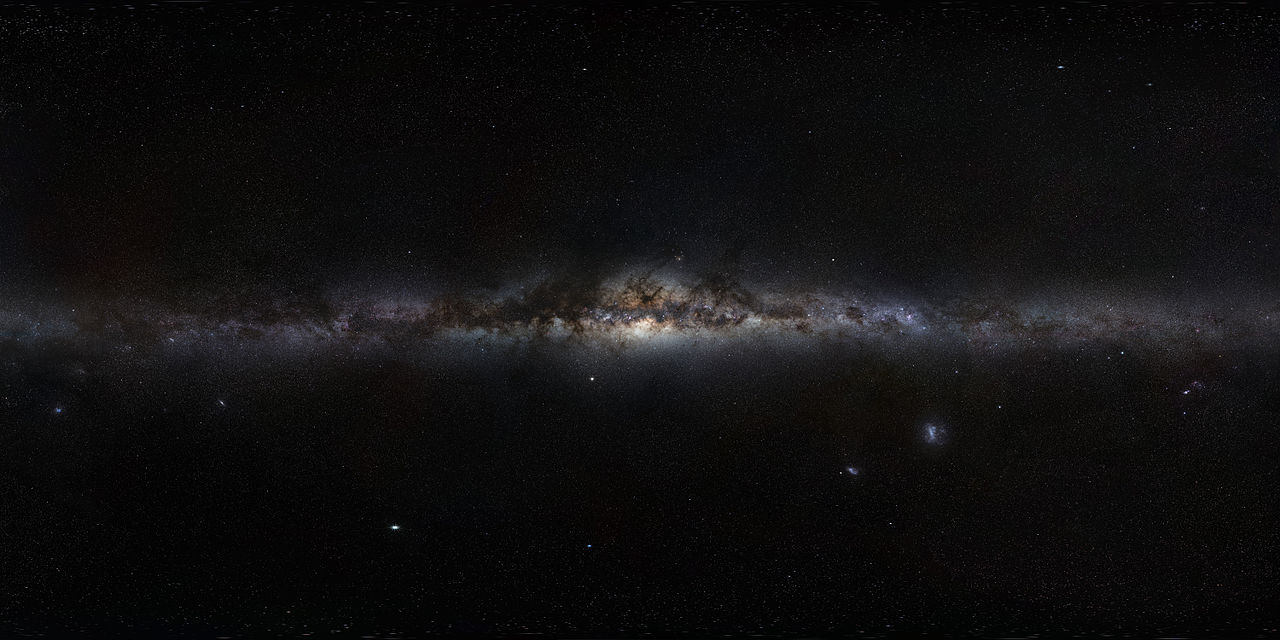As light pollution around the world increases, we are losing our access to the night sky. Thankfully, dark sky preserves and parks do exactly what their names suggest – preserve the night sky as our ancestors knew it. And recently, the Wai-iti Recreational Reserve and Tunnicliff Forest has been accredited, offering stargazers in New Zealand unprecedented views of the heavens above.
Continue reading “New Zealand just got its first International Dark Sky Park”New Zealand just got its first International Dark Sky Park


